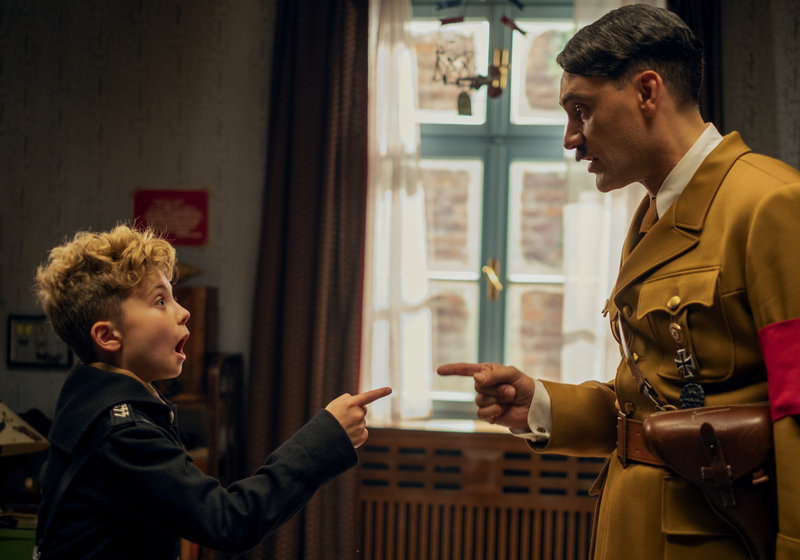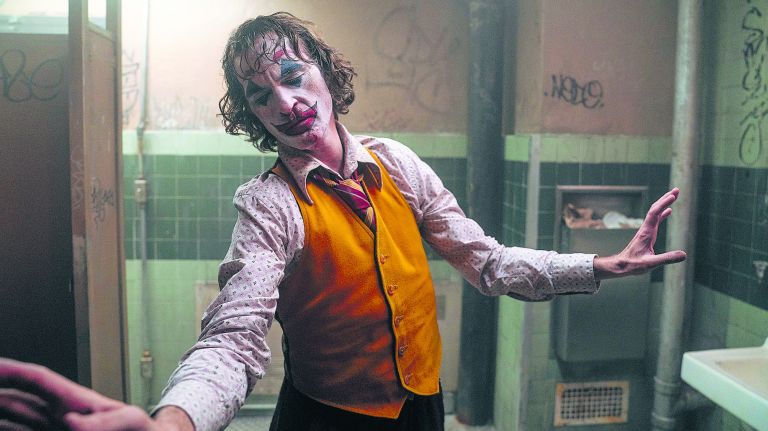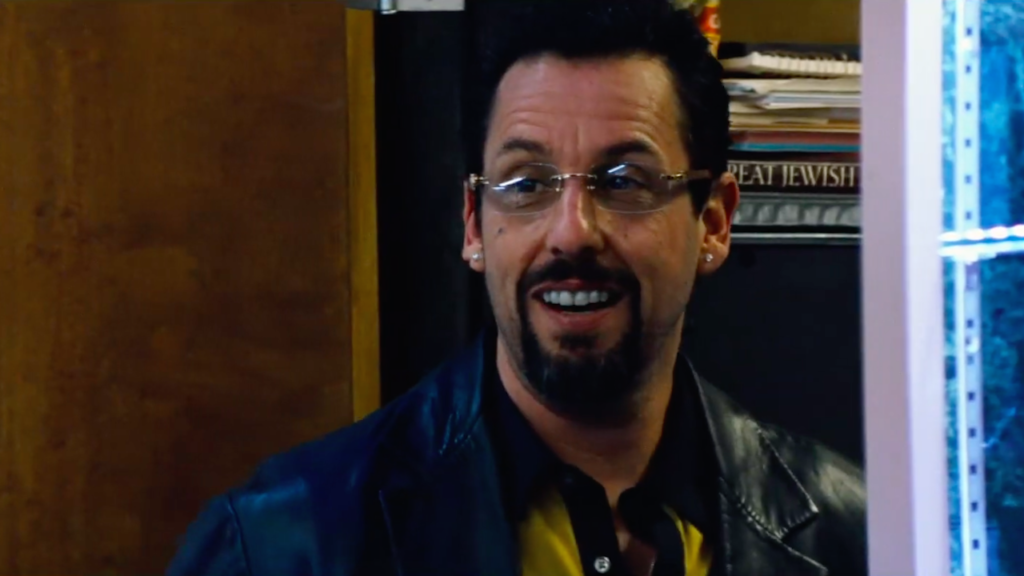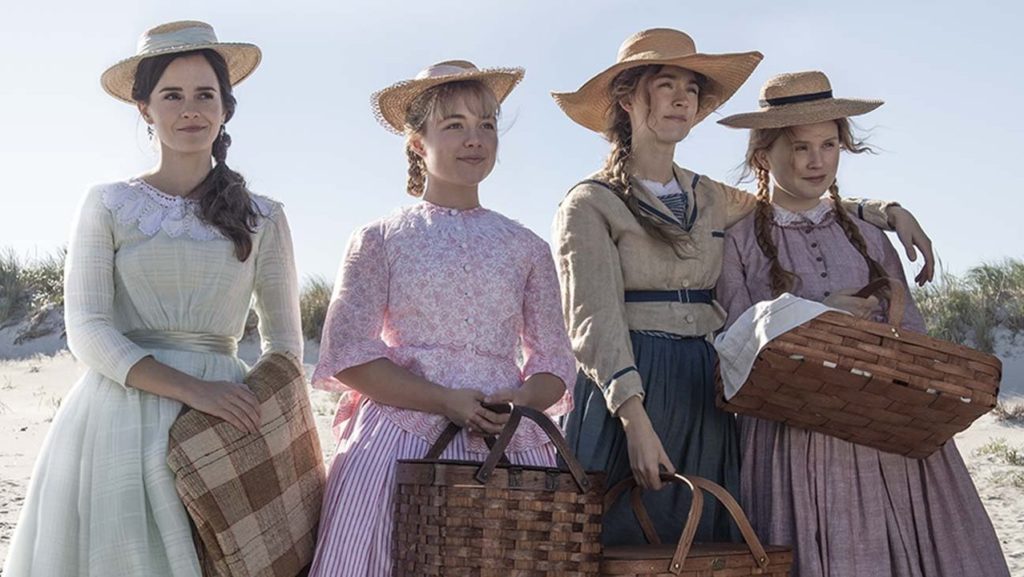1917: Hold the Line. Hold the Shot.
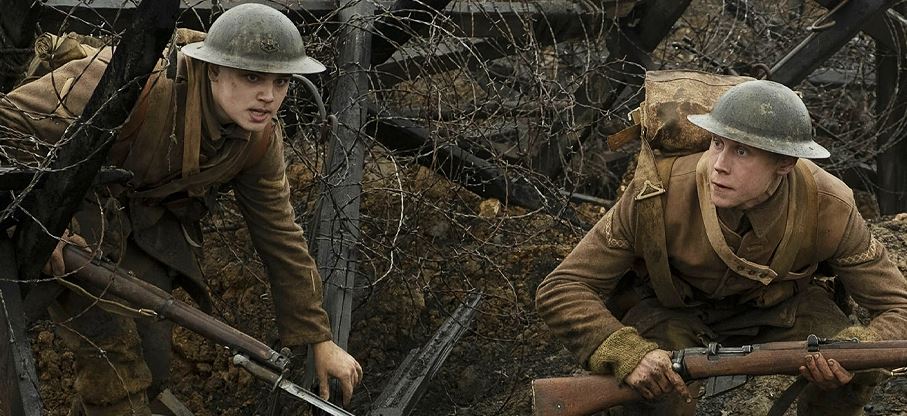
Two years ago, after 13 nominations without a victory, Roger Deakins—one of the greatest cinematographers who’s ever lived—won his first Oscar, for his magnificent work on Blade Runner 2049. I mention this not because I care about the Academy Awards (I don’t… except when I do), but because 1917, Sam Mendes’ bold and brawny and periodically breathtaking new film, seems to have been engineered specifically to secure Deakins an Oscar. Its technical premise—it purports to capture its grueling events in a single take—is not wholly novel; a recent example includes Birdman (which won Emmanuel Lubezki the second of his three straight trophies), while the conceit stretches back to Hitchcock and beyond. But in marrying the single-shot concept (or gimmick, depending on your disposition) to the epic gravity of the war picture, 1917 practically screams to be recognized for its grandeur. Some movies envelop you with the invisible pull of their craft; this one pulverizes you with the sheer force of its technique.
The single-take maneuver, though undeniably impressive, is not without its hazards. The risk of wielding the camera with such fluid dynamism is that it will distract viewers. It’s a danger of distancing; the more conscious you are of the stylistic prowess on display, the farther away from the screen you tend to feel, which in turn prevents you from melting into the immaculately constructed environments. But while my brain never quite stopped registering the presence of Deakins’ camera in 1917, that subconscious awareness did little to sabotage my appreciation of his work. There’s an elegance to his lensing, a grace that somehow magnetizes you, forcing you to grapple with the lovely brutality of his images. That distinctly cinematic paradox—the tension between horror and wonder, between ghastliness and gorgeousness, between death and life—is what animates 1917, and what makes it such a fascinating sit. Like most war movies, it traffics heavily in blood, viscera, terror, and despair. And it depicts this ugliness with what can only be called beauty. Read More

